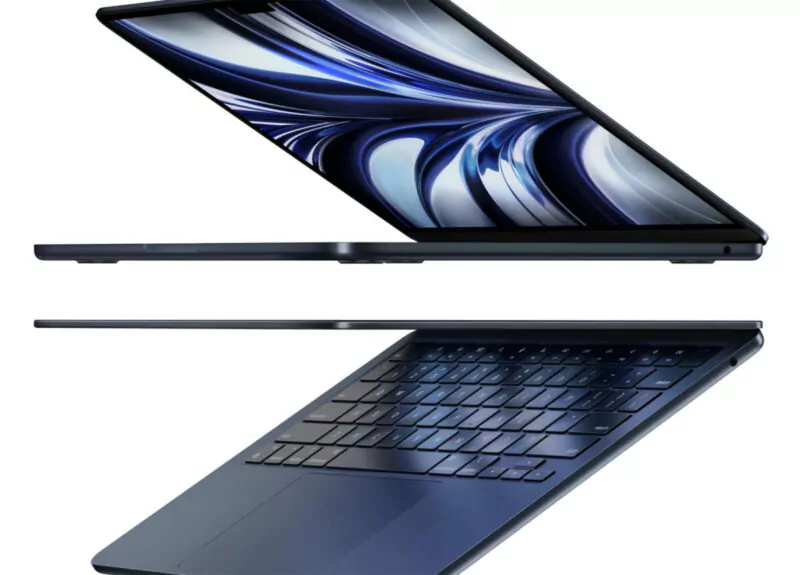Apple’s Struggle with MacBook Revenue and OLED Transition
Apple recently announced its financial results for the second quarter of fiscal year 2023, revealing that the MacBook product line’s revenue stood at $7.168 billion, marking a substantial 31% decrease from the same period last year. In the previous quarter, MacBook’s revenue was $7.735 billion, registering a year-on-year decline of 29%. Thus, it is evident that the MacBook product line’s revenue has experienced a significant slump for two consecutive quarters.
This paints a stark contrast to Apple’s other two pivotal product lines. In the second quarter of the fiscal year 2023, iPhone revenue grew by 2% year-on-year, amounting to $51.334 billion, while the iPad product line, despite a year-on-year decrease of 13% to $6.67 billion, had seen a remarkable 30% surge in the preceding quarter, making the drop in performance appear normal.

Apple plans to debut its first OLED-screen iPad Pro next year, with Samsung and LG intending to supply the panels using their existing 6th-generation OLED production lines. Apple’s long-term plan is to transition to OLED panels for its iPad and MacBook models, with Samsung and LG already strategizing to establish 8th-generation OLED production lines utilizing larger substrates to supply OLED panels for Apple’s future devices.
According to a report by The Elec, industry insiders noted that Samsung and LG have yet to place orders for the crucial equipment required for the 8th generation OLED production line. Given that a display panel production line takes at least a year to set up, if Apple intends to incorporate OLED screens in subsequent products, Samsung and LG need to expedite their plans. Currently, both Samsung and LG are wavering over the expenditure for the 8th generation OLED production line.
As there are no precedents, Apple is yet to decide how much to pay for the OLED panels to be used in MacBook products, nor is it clear about the quantity to order. For Samsung and LG, this uncertainty surrounding Apple’s order makes it difficult to ascertain the profitability of the project. With the declining revenue from the MacBook product line, Apple aims to enhance its selling points by introducing OLED screens while striving to minimize unit costs as much as possible.
Canon’s Tokki OLED evaporation machine, one of the necessary pieces of equipment for the 8th generation OLED production line, not only demands payment for the machine from Samsung but also requires them to share development costs. For LG, already operating at a loss, the pressure of spending billions of dollars to build an 8th-generation OLED production line without confirmed orders is immense. Previous rumors about LG negotiating with Apple to use third-party suppliers’ equipment were also aimed at reducing costs.
It is understood that Samsung and LG have notified other suppliers that they cannot afford to pay more for the new generation of devices than they did for the 6th generation production line.






